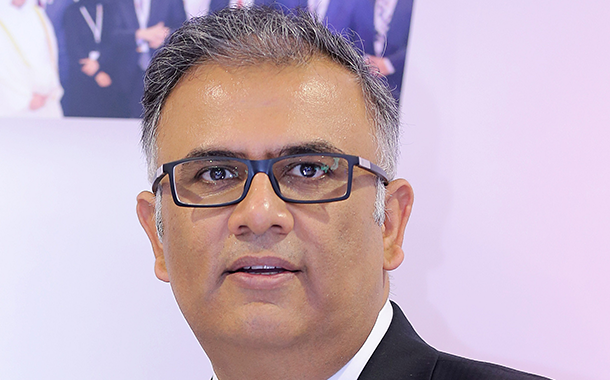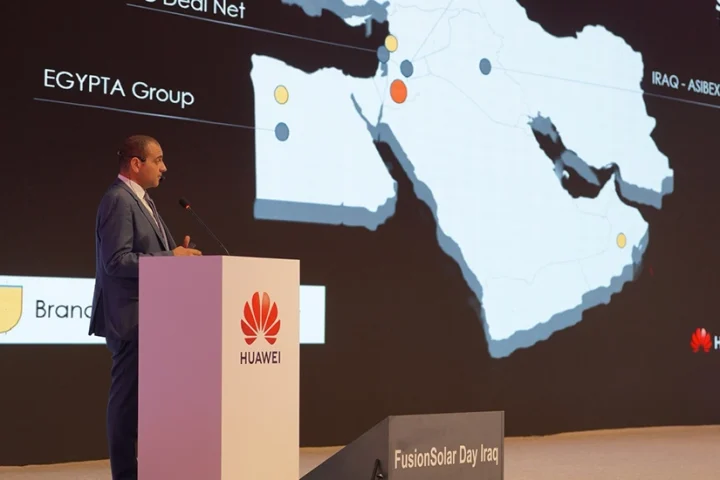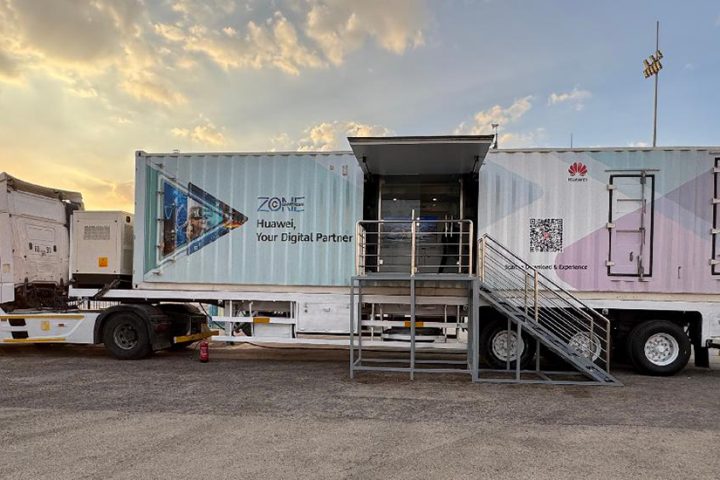Data centres currently account for around 3% of the world’s total power consumption and this will continue to increase as more facilities come into use. The use of clean energy and waste heat is a step in the right direction to reduce emissions and increase energy savings and therefore, cause long term sustainability and increase the sector’s growth.
Huawei foresees a strong acceptance and growth of prefabricated modular data centre facilities which cut the construction period in half and allows a high degree of flexibility and scalability, thus leading to better CAPEX management and improved ROCE.
Data centres will benefit as more digitalisation gets embedded across the DC life-cycle from planning and construction to O and M, energy management, and resource optimisation. Artificial intelligence will be widely applied throughout the data centre facility to achieve efficiency and a higher degree of autonomous operation and life-cycle management.
Digital services growth rate has been phenomenal resulting in data and traffic demands to rise sharply. There is race to scale and acquire customers and pressure to improve RoCE and RoI. Therefore, data centres must be rolled out quickly.
Pain points
While data centres have grown immensely in size, they have also become more complex. High-density ICT infrastructure is now gaining favor, and this brings new challenges that must be overcome. Data centres are facing challenges such as difficulty to obtain construction resources, long construction period, and high energy consumption. In addition, data centres also face many challenges in terms of architecture flexibility and O and M.
At Huawei, our experience in offering turn-key data centre facility buildup has allowed us to work through many of these technical demands. Throughout the build process—from concept, planning, design, engineering, construction, and operation and maintenance—we have seen how important it is to implement innovative technology. This must be supported by tested best practices, flexible architecture, and efficient systems in order to build data centres that are intelligent, efficient, and sustainable across their life-cycle.
Data centres have undergone massive growth and discernible evolution, from humble beginnings as computer rooms for ICT to massive facilities to host cloud-based platforms. Rapid development of new technologies such as artificial intelligence, cloud computing, big data, and 5G will bring a new golden era, and market demand for data centres will increase dramatically.
Globally in the next five years, we are expecting data volumes to increase from the 40 zettabytes recorded in 2019 to 180 zettabytes by 2025—representing growth of more than 400%. As such, data centres will evolve to become more digital and intelligent, with artificial intelligence being widely applied. It will also be fully modular to address the problems of slow construction and high initial investment costs. Moreover, green data centres will be more common with the aim to save resources in an ever more discerning economy.
Products and solutions
Huawei has the complete range of products and solutions to help clients build a future-proof Data Centre Facility. At the top end of the portfolio is FusionDC, a comprehensive Modular Data Centre configured and customised to suit diverse scenarios including Prefabricated Data Centre Facility with state-of-the-art Power, Cooling and artificial intelligence Enabled DCIM.
Fusion DC ranges from a Single Cabinet solution to multi-cabinet integrated solutions for existing Building structures or Green-field building deployments. The Power offering includes Modular UPS from 100 KVA- 1.6MW, Modular PDU’s, SmartLi – Li Ion Battery solution.
The cooling portfolio includes INROW, INROOM, FANWALL, IDEC, AHU’s supporting high temp chiller water and DX modes to suit diverse cooling architectures. Enterprise grade artificial intelligence-enabled DCIM introduces game-changing capability for an Autonomous DC operation.

























